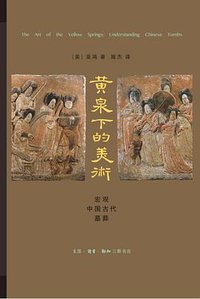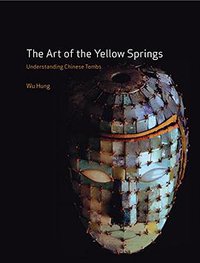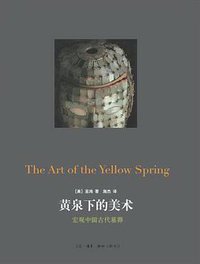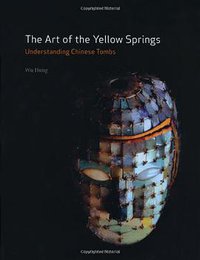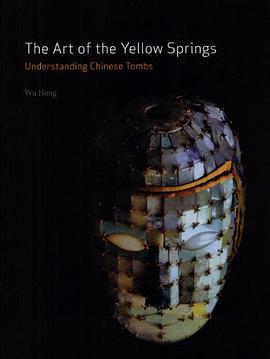
Understanding Chinese Tombs
Hung Wu
overblik
No other civilization in the premodern world was more obsessed with constructing underground burial structures than China, where for at least five thousand years people devoted a great amount of wealth and labor to build tombs and furnish them with exquisite objects and images. The hope of providing the dead with an eternal home stimulated artistic creativity and technological innovation, making the tomb a persistent site of art production as well as a comprehensive ensemble of various art forms. For the most part, tombs have been mainly appreciated as "treasure troves," the contents of which has allowed art historians to rewrite histories of individual art forms such as bronze, jade, sculpture, and painting. But tombs have served this role at the expense of being fragmented in both preservation and The integrity of a tomb is obscured when it dissolves into medium-oriented classification and research. New trends in Chinese art history are now placing the entire burial (rather than its individual components) at the center of observation and interpretation. The present book takes this to the next level by focusing on interpretive methods. It argues that to achieve a genuine understanding of Chinese tombs we need to reconsider a host of art historical concepts (including visuality, viewership, space, formal analysis, function, and context) and derive an analytical framework from the three most essential aspects of any manufactured spatiality, materiality, and temporality. Chapters discuss the symbolic environments constructed inside a tomb and the "subject spaces" created for the disembodied soul; how and why certain materials, mediums, shapes, and colors were selected for tomb architecture and furniture; and lastly how spaces, objects, and images work together to evoke temporalities such as past, future, or eternity and generate a sense of movement inside a sealed space. The final coda brings all of these threads together in a portrayal of three important tombs from different periods.
